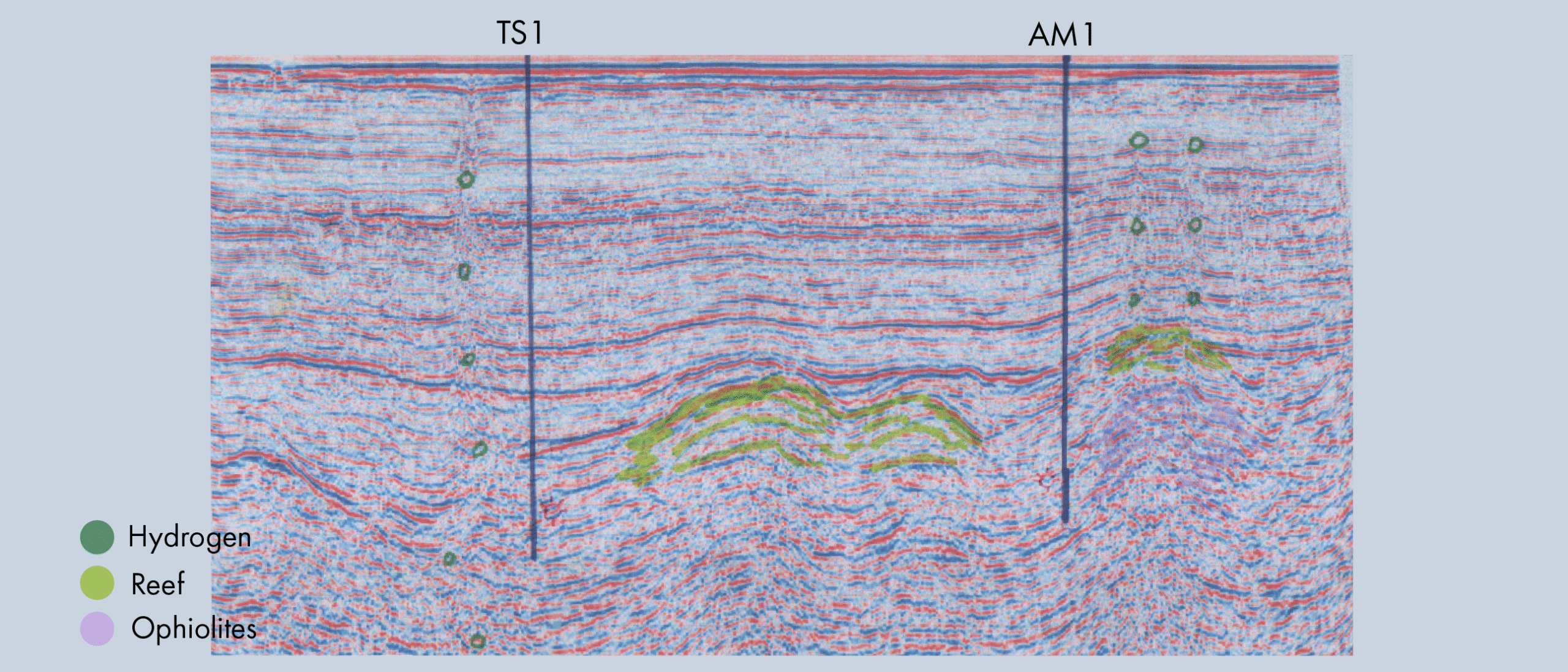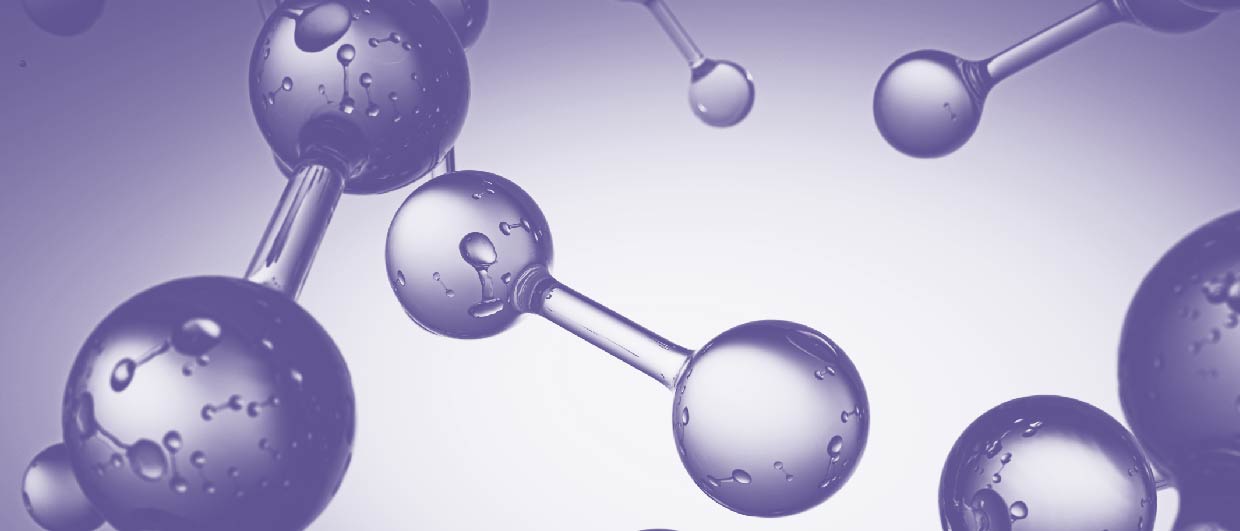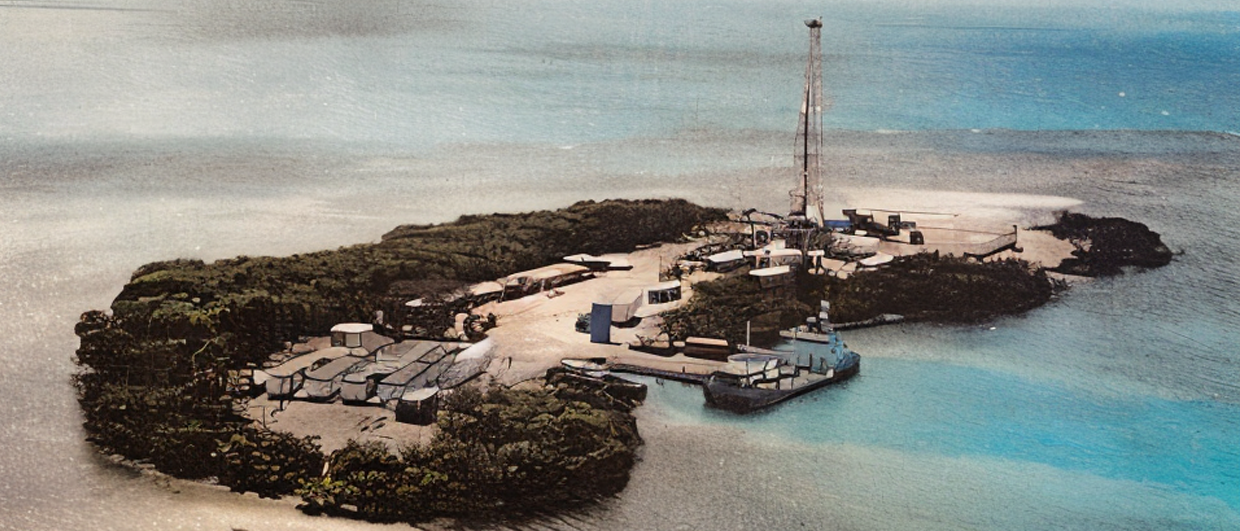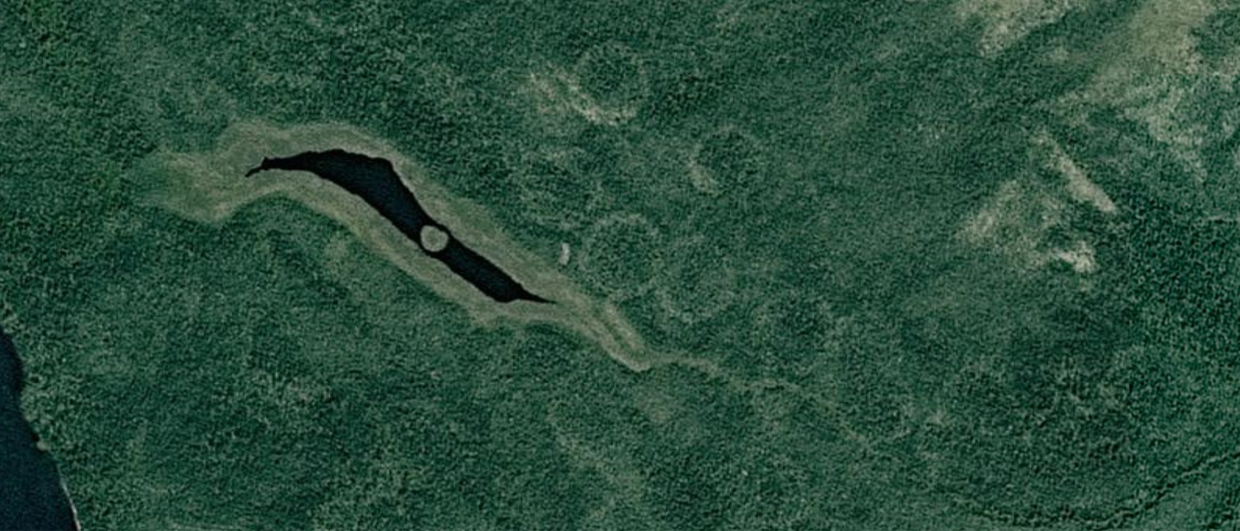On Wednesday 22 May, Gold Hydrogen’s share price reached its highest level so far at 2.09 Australian dollars. A few days later, following the release of an ASX statement on 27 May announcing the results of the interim well test results, a more than 30% reduction to 1.42 AUD took place, only to hover around that value since.
In contrast to the sentiment one gets when looking at the Gold Hydrogen share price, reading through the May 27 ASX document, the published results are presented as being very promising, with high measured purity levels of both natural hydrogen – up to 95.8% H2 across 7 zones in well Ramsay 2 – and helium purity levels up to 17.5%. Why did investors not decide to back the company more?
It is possibly the lack of concrete numbers that forms the basis for the luke-warm reaction on the market. Despite the fact that the company writes that hydrogen and helium were brought to surface, no rates, pressures or volumes were presented. Therefore, Gold Hydrogen is planning an extended exploration well testing program for the two wells it drilled so far; Ramsay 1 and Ramsay 2, to be carried out in July. This includes flow testing of both Ramsay 1 (open hole) and Ramsay 2 (cased and perforated) to understand future well performance. Installing a downhole pump to remove formation water before being able to lift gas to surface is part of the procedure.
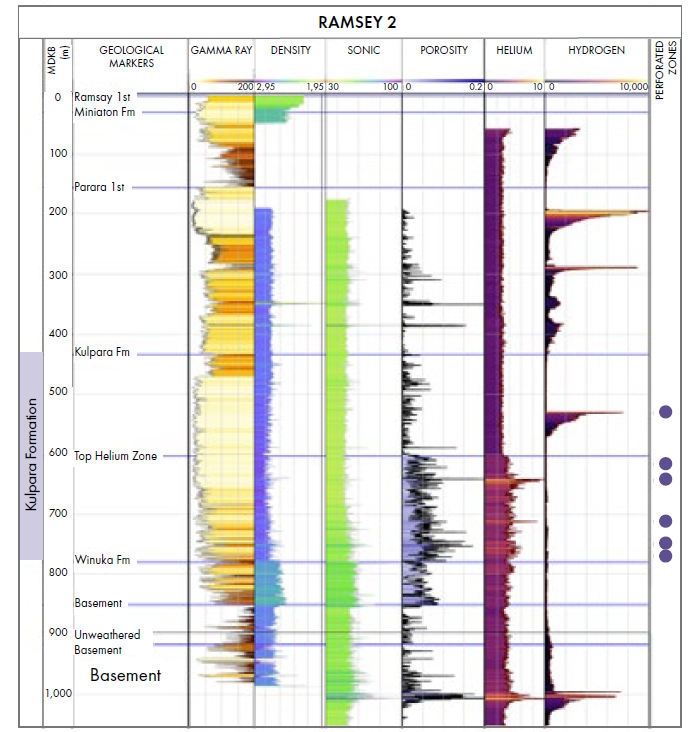
Not only hydrogen
It is not only hydrogen the company is after, but also helium. This gas was found in different stratigraphic intervals, which means that it likely has a different source. The helium shows two zones of enhanced concentration; down in basement rocks and in the overlying Kulpara Fm. It is the Kulpara Fm that also exhibits the highest porosity values across the entire drilled interval of the Ramsay 2 well.
Hydrogen concentrations are higher in the shallower section above the Kulpara Fm where porosity values seem low overall when looking at the well log presented in the ASX document published on December 19 last year. This suggests that the hydrogen is mainly concentrated in fracture zones. It is only in the unweathered basement rocks at the bottom of the Ramsay 2 well where both helium and hydrogen show elevated readings.
Despite the fact that hydrogen does not seem to be associated with porous and permeable reservoir units, it looks as if Gold Hydrogen is moving towards a model that encompasses a productive reservoir. This is based on the following observation in the 27 May ASX document: “From the different formations tested in the Ramsay 2 well, a constant fluid influx was observed during the Stage 1 well test, indicating the permeability of the tested formations. A further reservoir engineering analysis is now underway to calculate a more detailed estimate of the formation permeability and potential productivity at each particular depth.”

Based on this, and the observation that it is mainly helium and not the hydrogen that is associated with the porous section of the Kulpara Fm, could it be that Gold Hydrogen is in fact mainly after helium? The perforated zones in the Ramsay 2 well are predominantly targeting the high helium readings as well.
Seismic data
There is another sign that Gold Hydrogen could be moving towards better understanding the nature of the Cambrian Kulpara reservoir. As the company announced today, the acquisition of a seismic survey has begun covering the Yorke Peninsula. In total, around 650 km of 2D lines will be acquired.
Apart from mentioning that the survey aims find better drilling locations, it is not clear if it is designed to map fracture systems – in which the hydrogen seems to be concentrated – or map the extent and thickness of the Kulpara Fm – in which the helium seems to be concentrated.
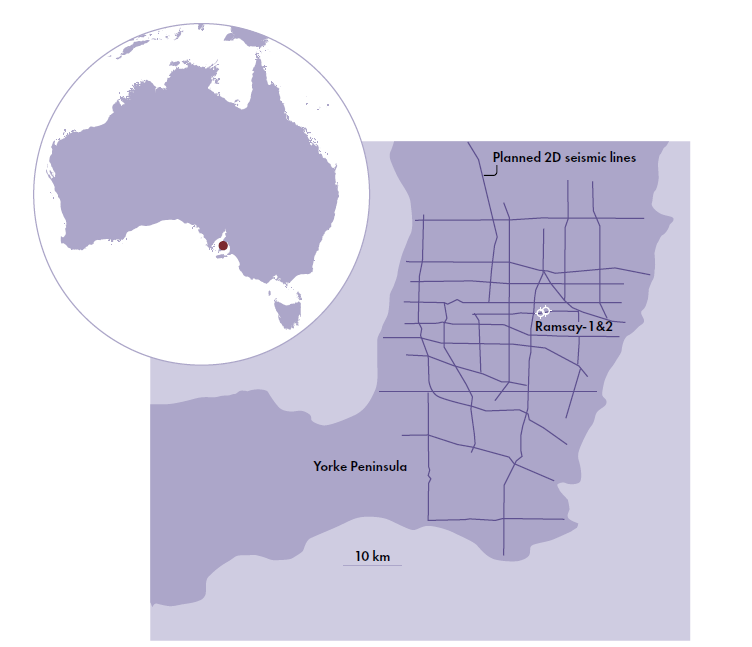
With a line spacing of 5 to 10 km, it seems more likely that the Kulpara Fm is being mapped rather than the distribution of a fracture network. For the latter, a 3D survey would be much better suited.
In conclusion, this project is still open to many uncertainties. Based on what we described here, it looks as if Gold Hydrogen is now focusing more on the helium side of the story than on the hydrogen part. But the overall lack of data on both the helium and hydrogen systems is the likely cause for the share price not to be rocketing yet.


